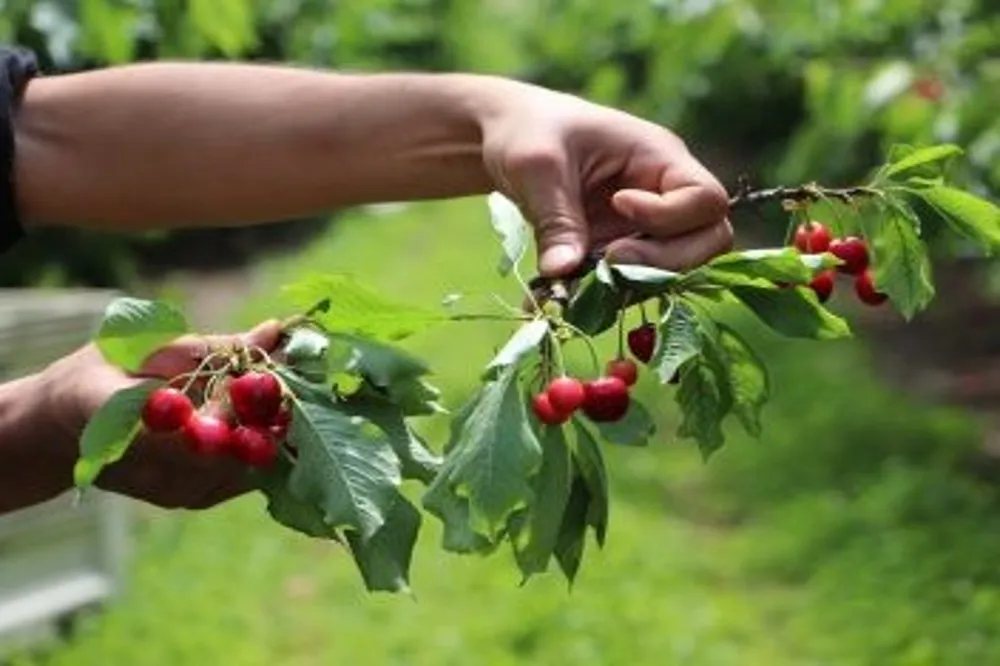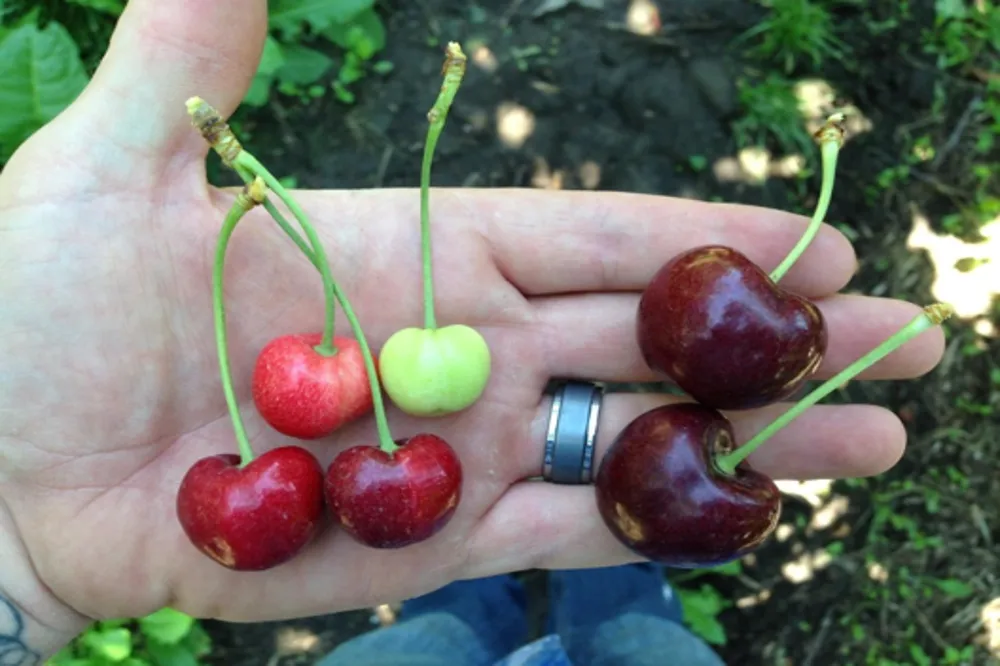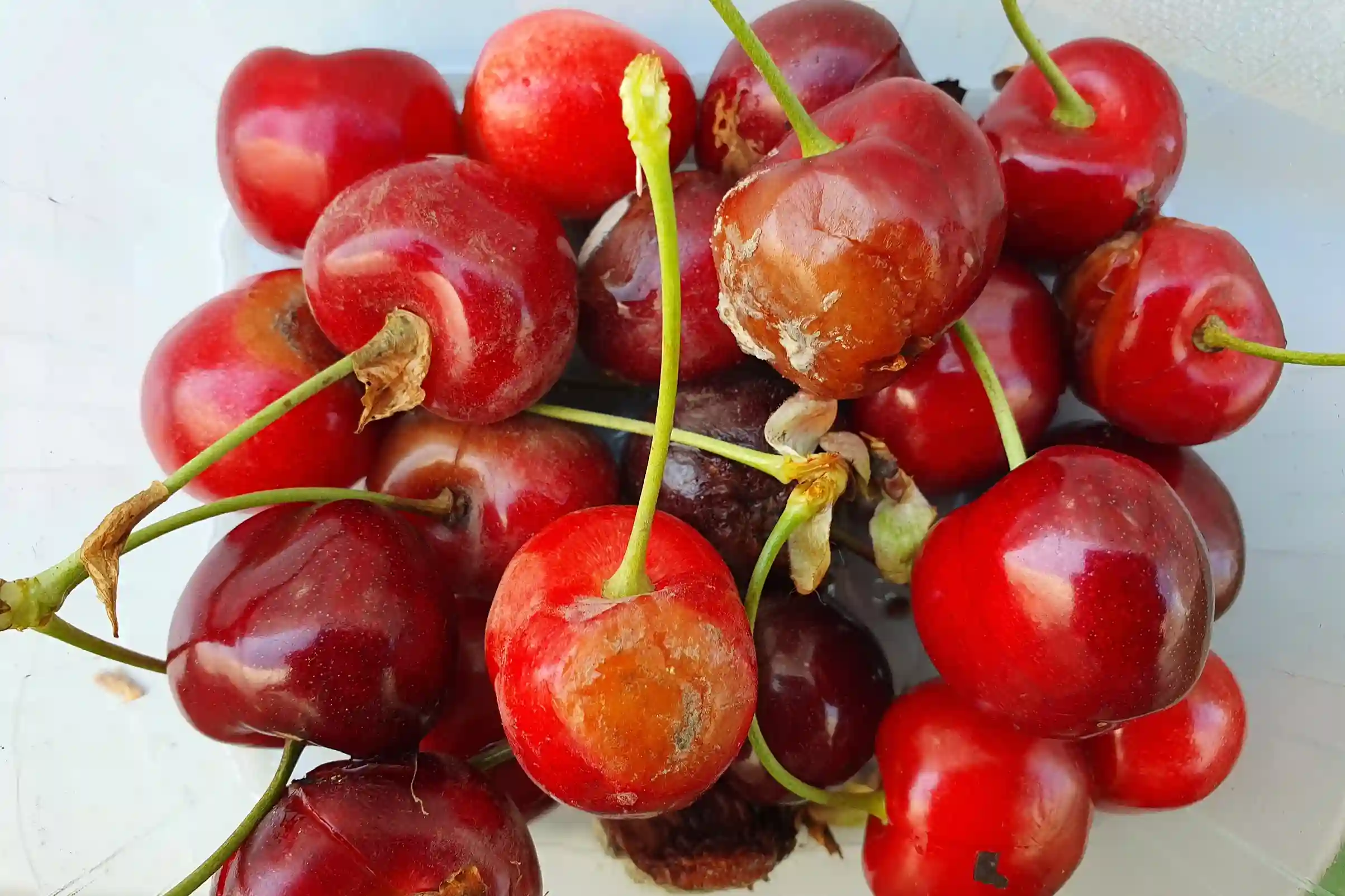The fight against Little Cherry Disease and X disease has led growers to change their approach, increasingly moving directly from symptom detection to immediate removal of infected trees, skipping the testing phase.
This topic was the focus of a workshop organized by the Washington State University Extension in Yakima on February 25, where three major growers — Craig Harris from Harris Farms, Garrett Henry from Douglas Fruit Co., and Teah Smith from Zirkle Fruit Co. — shared their experiences and strategies to improve disease management. The discussion was moderated by Garrett Bishop, consultant for G.S. Long Co. and member of the Little Cherry Task Force.
Practical strategies from growers
Harris explained how his crews monitor the rows just before harvest, equipped with blue paint to mark trees with small and pale fruits. Trees with uncertain symptoms are tested only if they are in areas not yet affected by the infection.
"When workers can reliably recognize symptoms, you can move straight to removal," Bishop explained, highlighting how prompt tree removal reduces the risk of disease spread. Henry confirmed that an aggressive removal strategy — including the removal of entire blocks of peaches and nectarines — helped contain the infection.
"The key point is to lower the inoculum level with quick removal," Henry added.
Treatment and control methods

WSU experts recommend applying glyphosate to infected trees to ensure root death, using methods such as stump painting or the "drill and fill" technique (drilling and filling). This approach also helps determine whether the roots have developed connections with nearby trees, which could facilitate pathogen transmission. Smith stated that she prefers immediate removal to save time, while Harris mentioned he still uses the treatment to ensure trees are completely dead before starting the removal.
To combat leafhoppers, the vectors of X disease, growers agree on the importance of traps. Smith places hers based on areas with higher disease pressure, focusing especially on post-harvest management. She also highlighted how the treatment program against other cherry pests indirectly helps keep leafhoppers under control.
Adapting practices to different orchards

Harris adjusts treatments based on infestation pressure: in heavily affected orchards, he maintains shorter spray intervals, while in less exposed orchards, he reduces the frequency.
Research indicates that leafhoppers mainly live among broadleaf weeds. Reducing their presence — for example, by planting grass as ground cover in new orchards — helps contain insect populations and slow disease spread. Henry confirmed that this practice is showing positive results.
Smith also reported achieving a drastic reduction in leafhoppers — up to ten times fewer — after improving weed management along the edges of bird netting.
"We saw an impressive drop in leafhoppers after this intervention," she stated. "It’s only one year of data, but weed management really seems to make a difference."
New perspectives for the future
The workshop also provided updates from researchers on the latest innovations in Little Cherry Disease management, opening new perspectives for improving crop protection.
Source: Good Fruit
Image source: WSU
Cherry Times - All rights reserved














